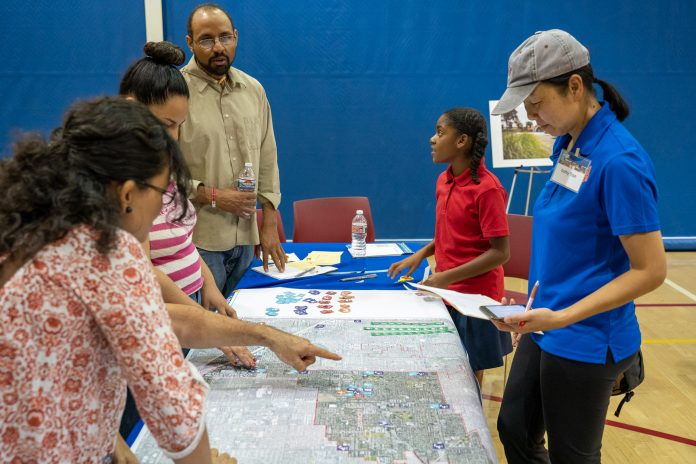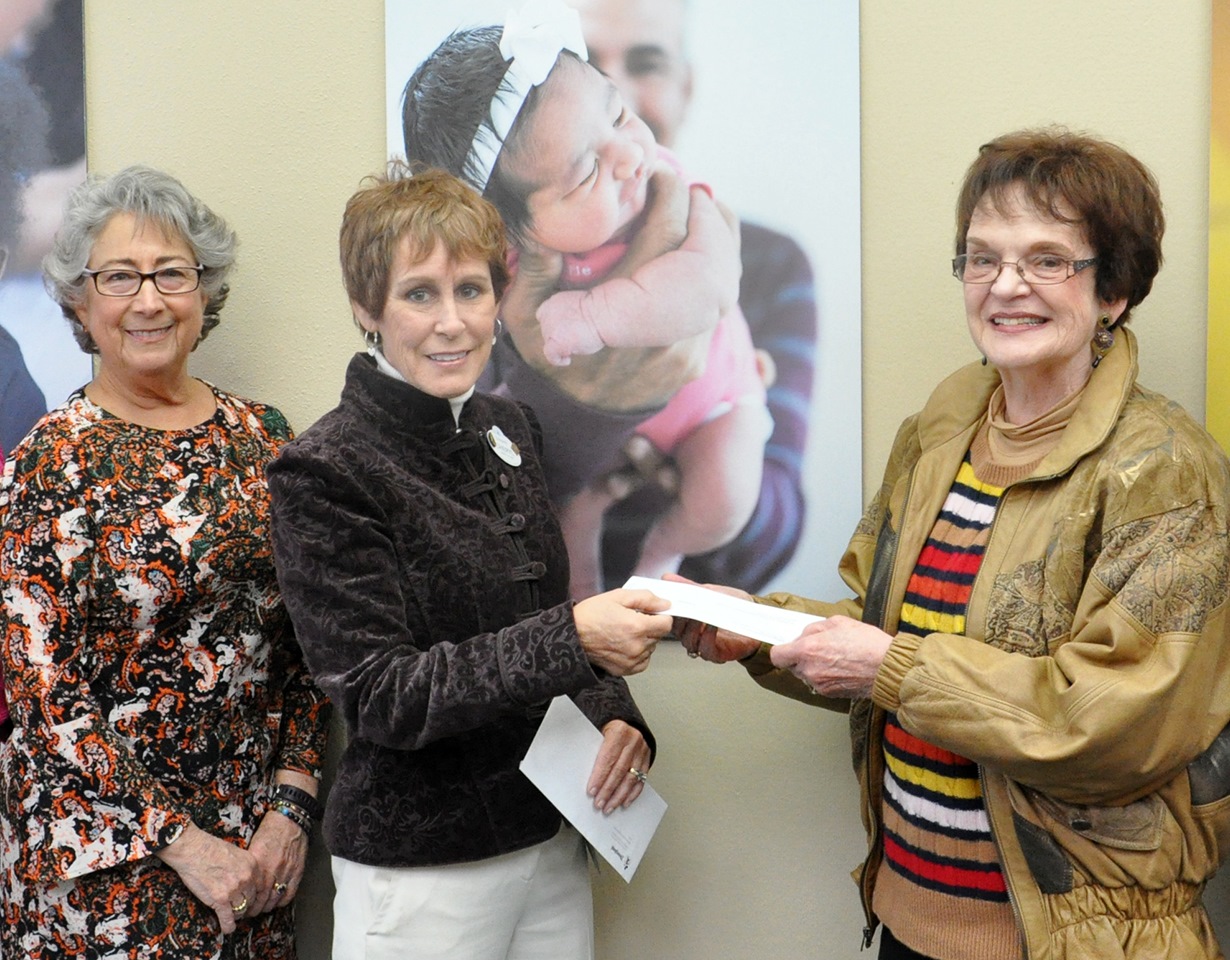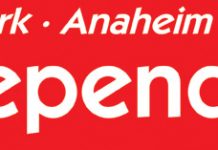The series of district town halls organized by Anaheim First as part of the Anaheim Community Assessment have crossed the halfway mark and have struck a strong, positive chord among residents judging by the strong turnout. Momentum has built with each meeting. 100 residents attended the District 1 town hall, with slight increases at each ensuing meeting.
Jointly funded by Anaheim First and the City of Anaheim, the Anaheim Community Assessment will help prioritize spending under the 2030 Neighborhood Investment Program—which will invest $250 million into Anaheim neighborhoods over the next ten years.
The second round of weekly town halls continue through October 2.
The town halls include a workshop where residents meet in groups to dialogue about the types of improvements and prioritization of new city investments they most want to see in their neighborhoods. They are facilitated by consulting firms PlaceWorks and Arellano Associates.
“I am elated at how many residents have come out to engage with their neighbors on how to concretely improve our neighborhoods,” said Anaheim First’s District 2 Chair Gloria Ma’ae. “As word spreads about our town halls, excitement and participation by residents continues to grow.”
“It was wonderful to see so many District 3 residents come out and spend the evening with their fellow residents, talking about the needs in their neighborhoods and where investments are most needed,” said District chair Keith Olesen. “It goes to show that when you truly welcome meaningful input from Anaheim residents, they will respond with valuable ideas and solutions.”
There are two town halls remaining this year in Districts 5 and 6. The calendar and locations are as follows:
District 5 Town Hall
Wednesday, September 25, 5:30-8:30 p.m.
Calvary Baptist Church
2780 E Wagner Ave.
District 6 Town Hall
Wednesday, October 2, 5:30-8:30 p.m.
East Anaheim Community Center
8201 E Santa Ana Canyon Rd.
Those who cannot attend a town hall may participate by taking the survey at anaheimfirst.org. The survey includes interactive mapping, forums and an idea wall with the opportunity to rank city services, programs and infrastructure within your respective district. The platform allows for qualitative and informative input from residents to influence neighborhood investments.












